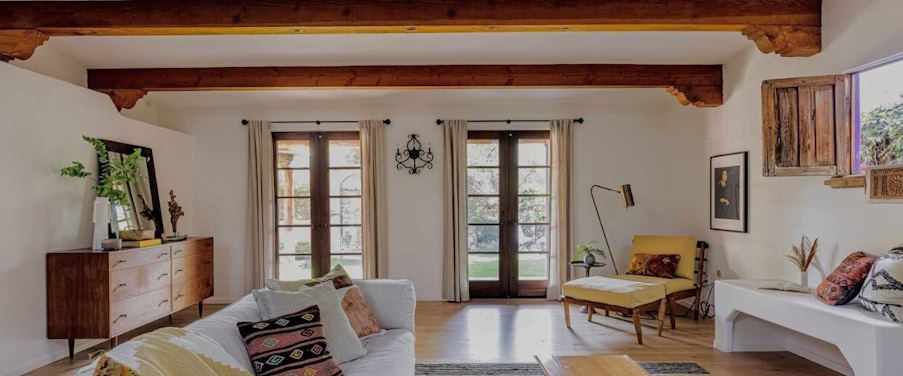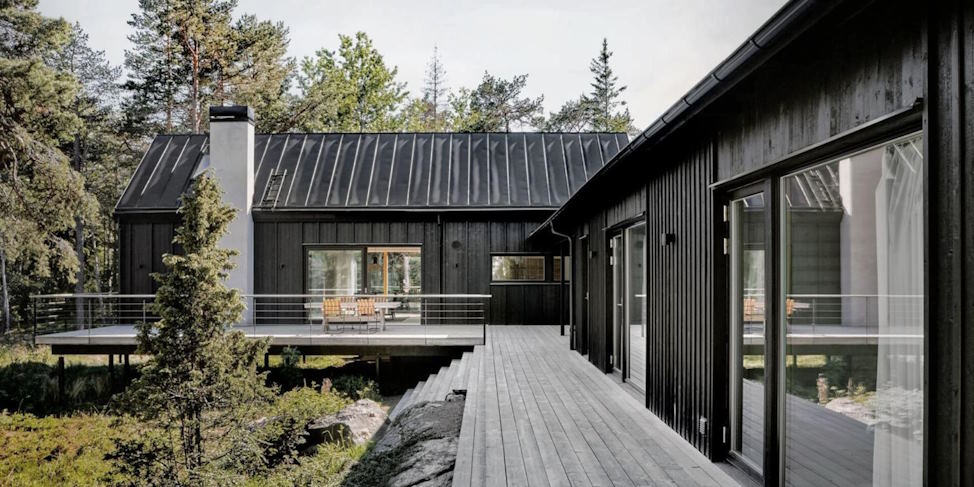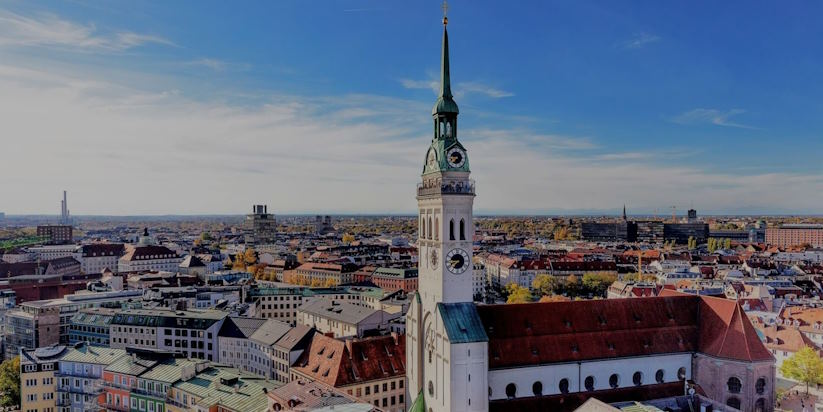The architectural styles that grace the coastal regions of Europe, particularly the Mediterranean and Tuscan regions, have captivated the hearts of many. From the rustic charm of Tuscan villas to the vibrant energy of Mediterranean homes, these architectural styles exude a timeless allure. In this article, we will delve into the influence of Mediterranean architecture, explore using materials like stucco, stone, and terracotta tiles, and highlight the distinctive features like arches, balconies, and courtyards that create a Mediterranean aesthetic.
Architectural Styles of Coastal Europe
Mediterranean Style
Mediterranean architecture embraces the design principles of countries surrounding the Mediterranean Sea, such as Spain, Italy, and Greece. It embodies a combination of elegance, warmth, and rustic charm. The style reflects the region’s climate, lifestyle, and cultural heritage.
Tuscan Style
Tuscan architecture, originating from the Tuscan region of Italy, is characterized by its earthy tones, simplicity, and emphasis on natural materials. It reflects the rural and pastoral lifestyle of Tuscany. The style is known for its warm, inviting atmosphere and harmonious integration with the surrounding landscape.
Incorporating Distinctive Elements
Materials
Mediterranean architecture uses stucco, stone, and terracotta tiles. Stucco exteriors give buildings a textured and earthy look, creating a sense of depth and warmth. Stone, whether used as cladding or in the form of exposed walls, adds a sense of durability and timelessness to the design. Terracotta tiles, often used for roofs or flooring, bring warmth and richness to the overall aesthetic.

Arches
Arches are a defining feature of Mediterranean architecture. Whether they are grand archways leading to courtyards or small arches framing windows and doorways, they add a touch of elegance and a sense of history to the design. Arches evoke a feeling of openness and connection, blurring the boundaries between indoor and outdoor spaces.
Balconies and Terraces
Mediterranean homes often feature balconies and terraces that extend the living space outdoors. These spaces provide opportunities for enjoying views, soaking up the sun, and connecting with the surrounding landscape. They serve as places for relaxation, socializing, and appreciating the coastal scenery.
Courtyards
Courtyards are central to Mediterranean architecture, serving as private outdoor retreats. Enclosed by the building, they provide a tranquil oasis where residents can unwind, enjoy nature, and engage in leisure activities. Courtyards often feature lush greenery, water features, and seating areas, creating an intimate and peaceful atmosphere.
Color Palette
Mediterranean homes showcase a warm and earthy color palette. Neutral hues like cream, beige, and terracotta create a backdrop that complements the natural surroundings and blends harmoniously with the coastal landscape. Accents of blue and green, inspired by the colors of the sea and vegetation, add a refreshing touch.
Ornamental Details
Mediterranean architecture embraces ornamental details that add character and charm. Wrought-iron railings, decorative tiles, and intricate patterns are commonly incorporated. These details showcase the craftsmanship and artistry prevalent in the region’s architectural heritage, adding a touch of elegance and visual interest to the design.


